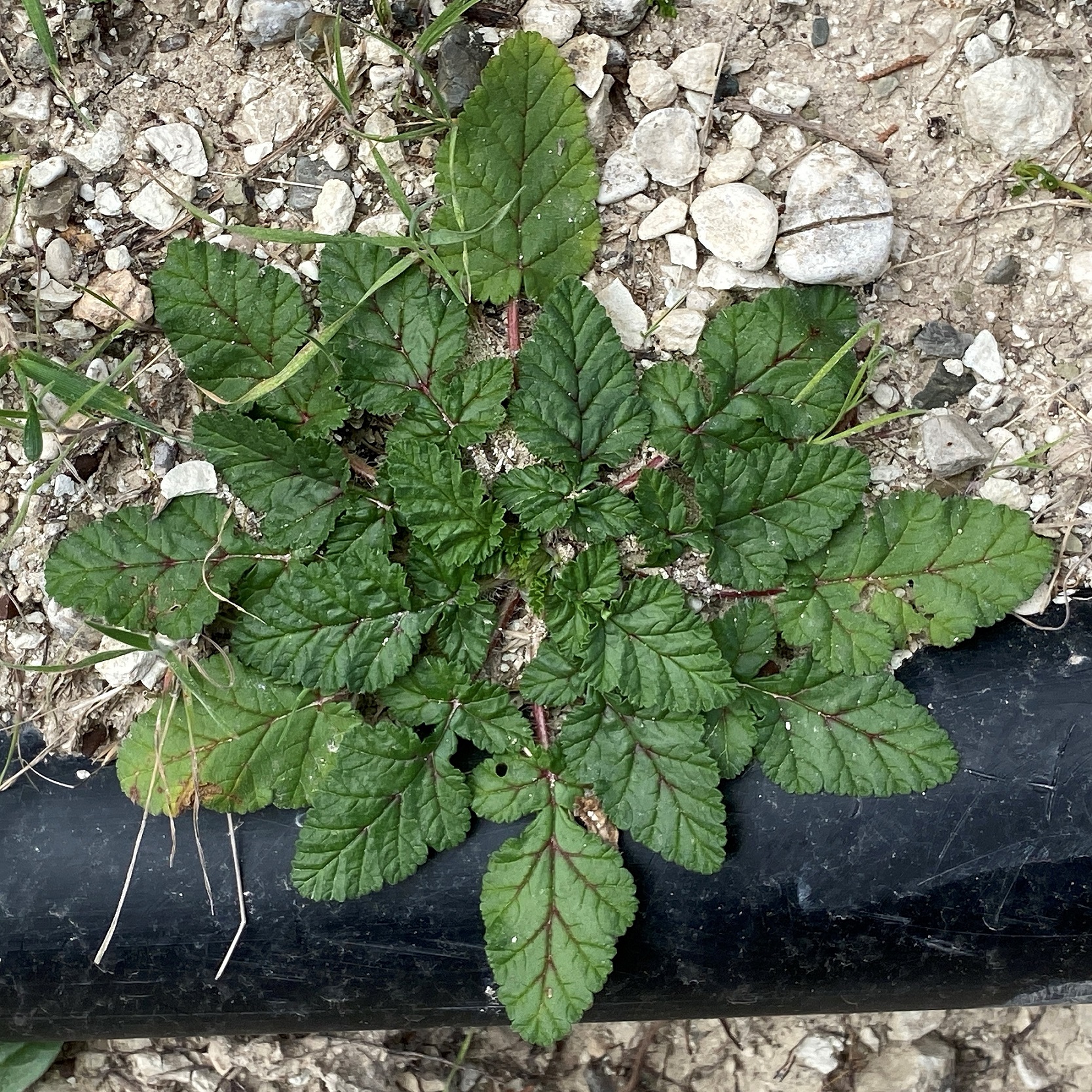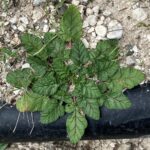Ερωδιός ο βότρυς
Etymology of Erodium botrys: The name of the genus, "Erodium", derives from the Ancient Greek "ἐρωδιός" [erodios], meaning "heron", due to the long beak on the fruit that gives rise to some of its common names such as storksbill and cranesbill, a meaning reinforced by the family name Geranium, the derivation of which is "γερανός" [yeranos or geranos], meaning "crane". "Botrys" is Ancient Greek, from "βότρυς" [votrys], meaning "bunch of grapes", unknown why it was named as such (potentially because its leaf resembles in its shape and with its red nerves a bunch of grapes).
At least nine Erodium species and subspecies/kinds have been recognized in Cypriot nature so far.
A rare Erodium to encounter in Cyprus, it is considered "near threatened". Erodium ciconium exists at low to medium altitudes, from 50 up to 625 metres. It is found in northeastern, western, and southern Cyprus. It blooms between February and April.
How to identify Erodium botrys:
It has unique leaves compared to the other Erodiums, as seen in the picture. Erodium botrys starts from a flat rosette of highly lobed green leaves on red petioles (and often nerves). They are either compound (made up of two or more discrete leaflets or simple (i.e., lobed or unlobed but not separated into leaflets). Its leaves can only be confused with the ones of Erodium malacoides. Another difference between the two is that botrys's fruiting beak is 8-10 cm long, and malacoides's is less than 6 cm long.

